 Home - Environmental monitoring - Applications - HealthyPhoton participated in ambient ammonia testing and monitoring at CNEMC
Home - Environmental monitoring - Applications - HealthyPhoton participated in ambient ammonia testing and monitoring at CNEMC
HealthyPhoton participated in ambient ammonia testing and monitoring at CNEMC
At the end of 2020, HealthyPhoton participated in ambient ammonia testing and monitoring with HT8700 at China National Environmental Monitoring Center (CNEMC). The overall objective of the CNEMC test is to identify the environmental performance characteristics of commercial-ready technology and accelerate the national ambient ammonia monitoring process.
HT8700 is a highly sensitive atmospheric trace ammonia analyzer based on quantum cascade laser absorption spectroscopy (QCLAS), independently developed by HealthyPhoton. It uses a unique open-path design to avoid the adsorption and hysteresis effect of the sample pipeline on ammonia molecules. The power consumption of the instrument is less than 100W, which is very suitable for deployment on mobile vehicles and off-grid areas.
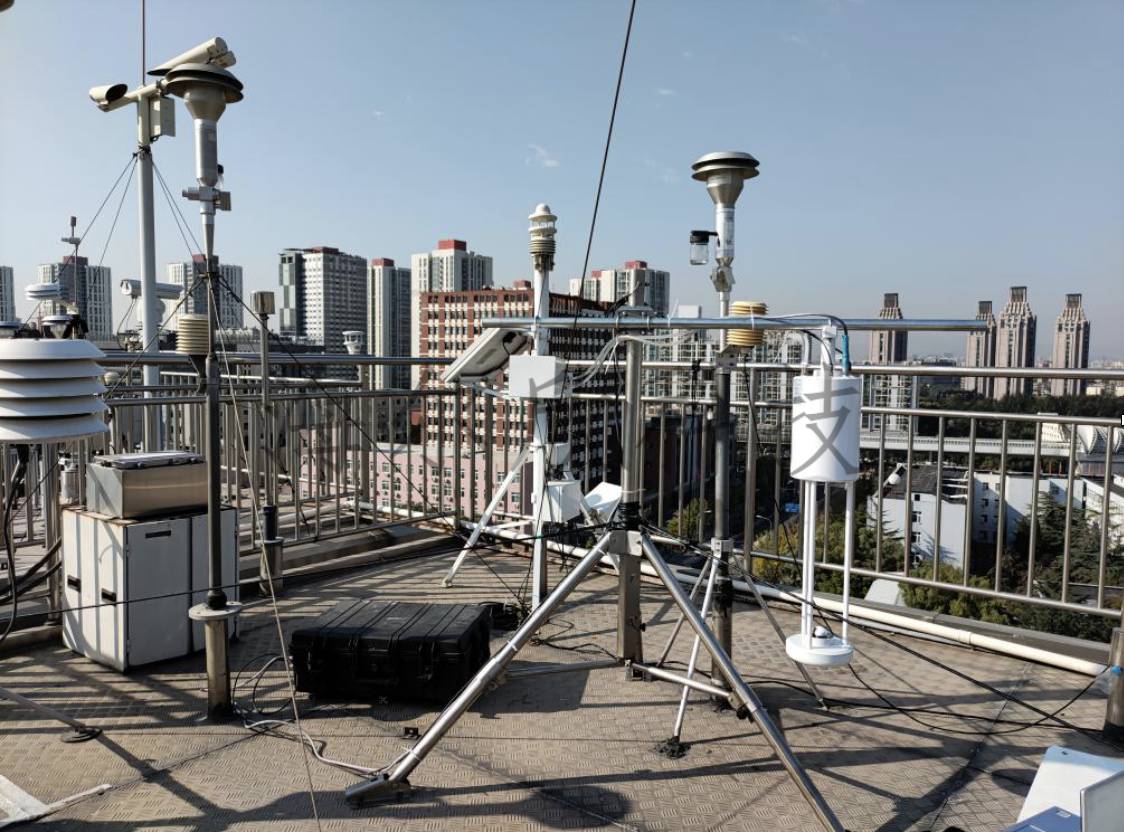
Figure 1. HT8700 with IP67 rating installed on the roof of the monitoring center
Different traceable primary ammonia gas standards (0-700 ppbv) provided by CNEMC were introduced into the analyzer for an interval long enough for the analyzer to yield a stable measurement.
The stated concentration of the ammonia gas standards and the value the analyzer reads were recorded and plotted. Ammonia standard gas is uniformly configured by the China Environmental General Station, and has the ability to trace the source of first-class standard materials. As shown below, the time response of HT8700 from high concentration to near zero is very fast, which is also one of the advantages of QCLAS compared with the traditional chemiluminescence method. A linear best fit equation can be calculated from the data so that: DataMeasured =0.9983* DataStated - 2.0.

Figure 2. 0-700 ppbv ammonia gas standards test at CNEMC
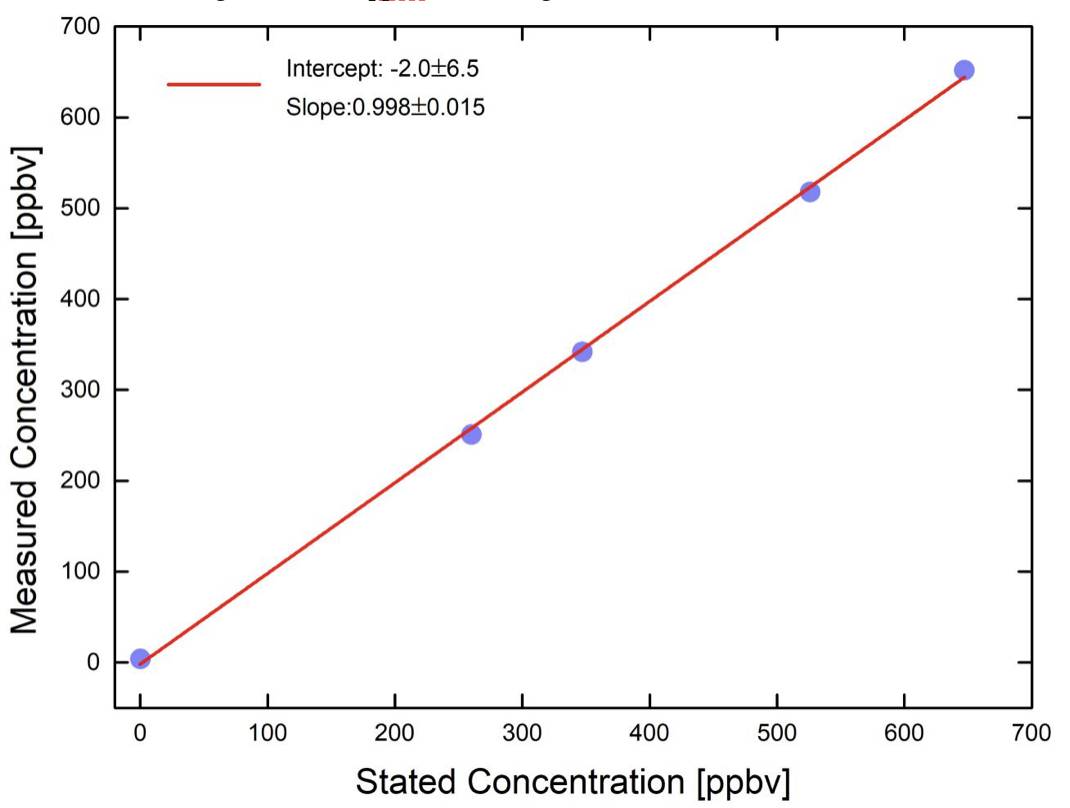
Figure 3. Linearity of HT8700 in the range of 0-700 ppbv
An indoor measurement was also carried out at Shanghai Environmental Monitoring Center (SEMC). The HT8700 was installed horizontally, and the performance of the instrument was tested in the low concentration range of 0 to 200 ppbv.
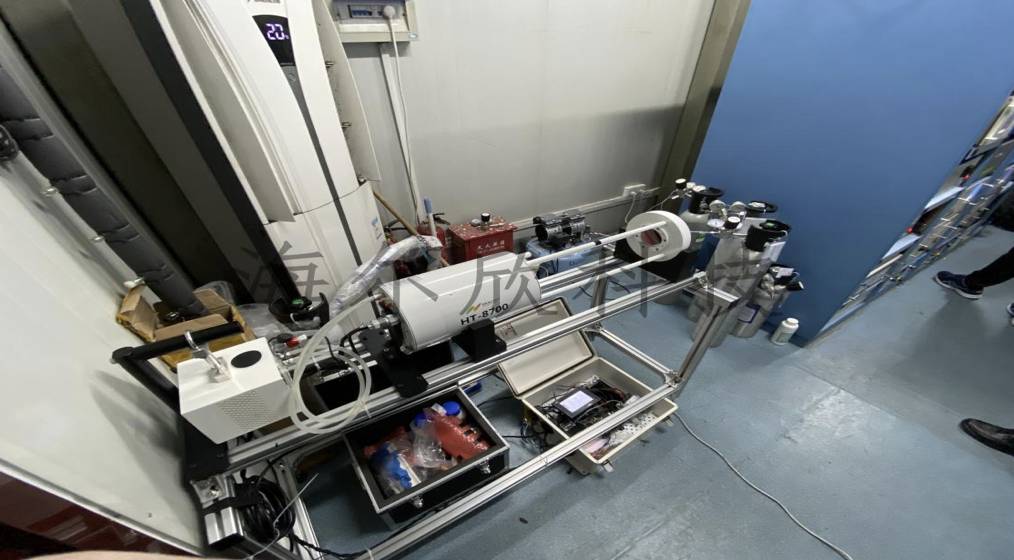
Figure 4. Horizontally mounted HT8700 ammonia analyzer
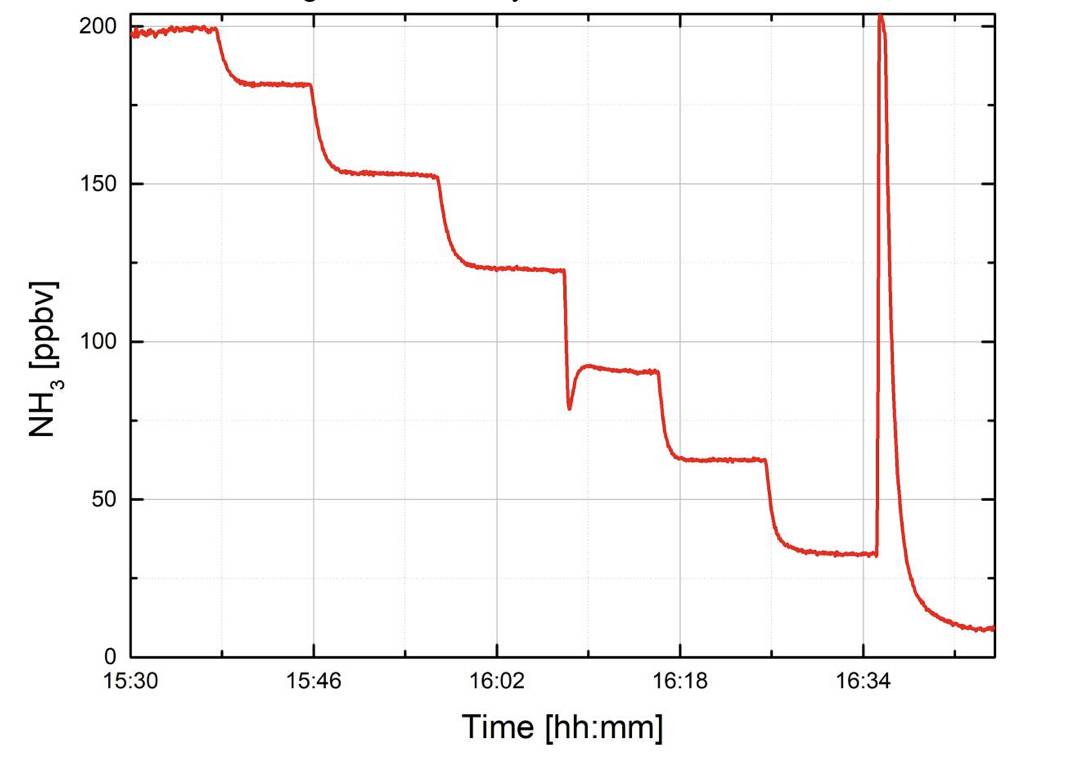
Figure 5. 0-200 ppbv ammonia gas standards test at SEMC
Linear regression analysis showed that in the range of 0-200 ppbv the slope is 0.980, which was slightly different from the slope in the 0-700 ppbv range. Since ammonia gases are extremely sticky, it is difficult to create a known standard of ammonia gases , especially below 150 ppbv.
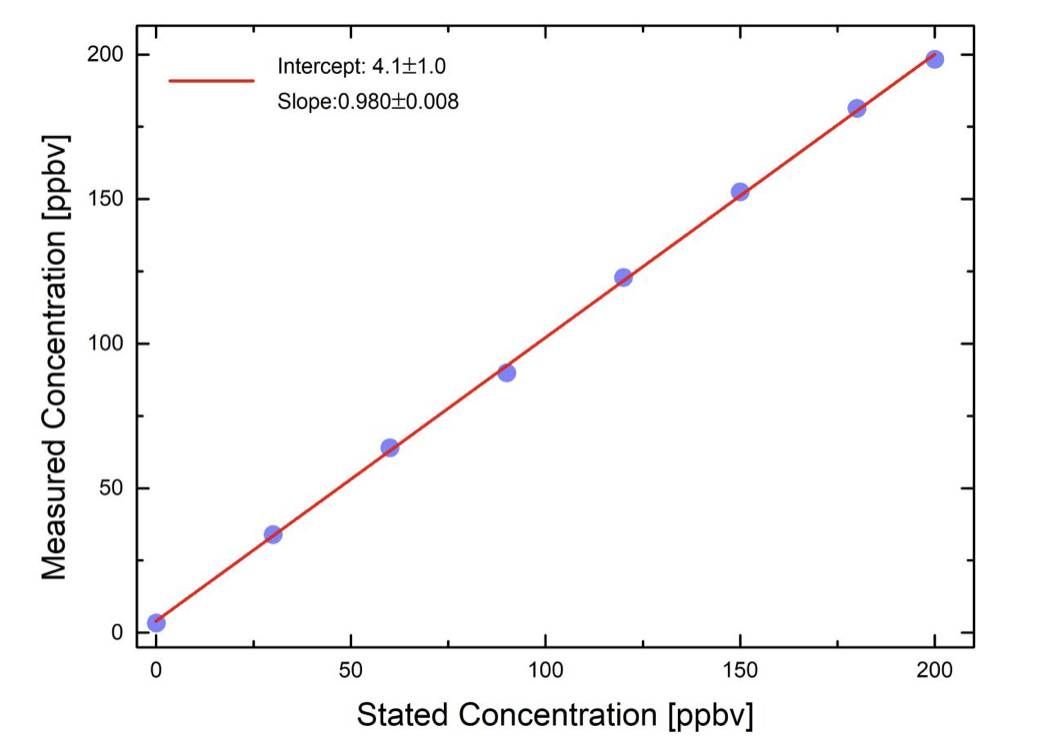
Figure 6. Linearity of HT8700 in the range of 0-200 ppbv
These test results at CNEMC and SEMC show that the HT8700 analyzer has good linearity and accuracy under different environmental conditions over a large concentration range. The noise and drift levels of HT8700 were also evaluated by performing zero gas and span gas measurements.

Figure 7. HT8700 ammonia analyzer zero gas measurement
The zero noise and detection limit were estimated by calculating the SD of the zero gas measurement readings, which were 0.66 ppbv and 0.12 ppb respectively.
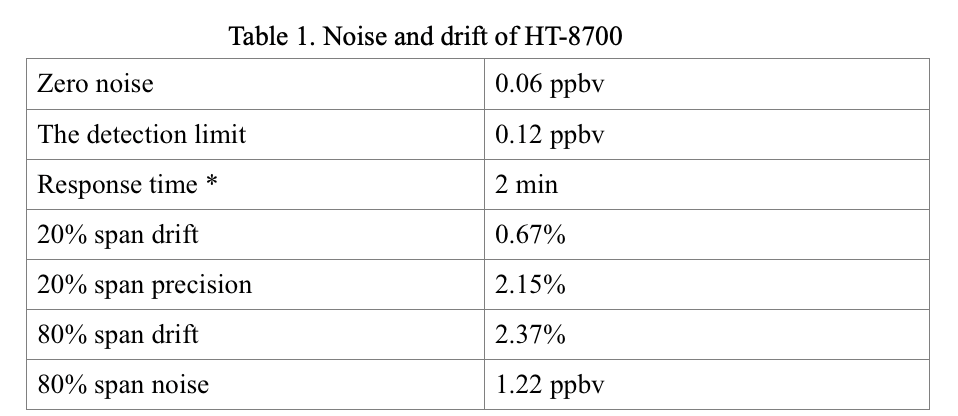
In addition, HT8700 was compared with a well-known ammonia analyzer based on the cavity ring-down spectroscopy (CRDS).

Figure 8. Comparison of HT8700 ammonia analyzer and CRDS analyzer
As show in Figure 8, both instruments could resolve ambient ammonia concentration changes. Except for a few intervals, the two instruments track closely in terms of overall trends and their measurements agreed to within 5%, which is well within the combined uncertainties of both instruments.
To date, HT8700 shows excellent measurement accuracy and low drift, which is a great choice for atmospheric ammonia monitoring. Its high-frequency response also enables the measurement of low-level ammonia fluxes using Eddy Covariance technology. For molecules such as ammonia with strong activity and obvious localization characteristics, flux measurement is an important method to observe the Source and Sink of ammonia and has gradually become a popular method for ammonia. HT8700 provides the capabilities and possibilities for in situ ammonia sensing relevant for emission source characterized flux measurements.
 Tel:+86-400 961 6990 Email:info@healthyphoton.com
Add:Room 305, Building 1, Zhongchuang Science Park, Jinyuan Road, Panhuo Street, Yinzhou District, Ningbo City,China
Tel:+86-400 961 6990 Email:info@healthyphoton.com
Add:Room 305, Building 1, Zhongchuang Science Park, Jinyuan Road, Panhuo Street, Yinzhou District, Ningbo City,China


